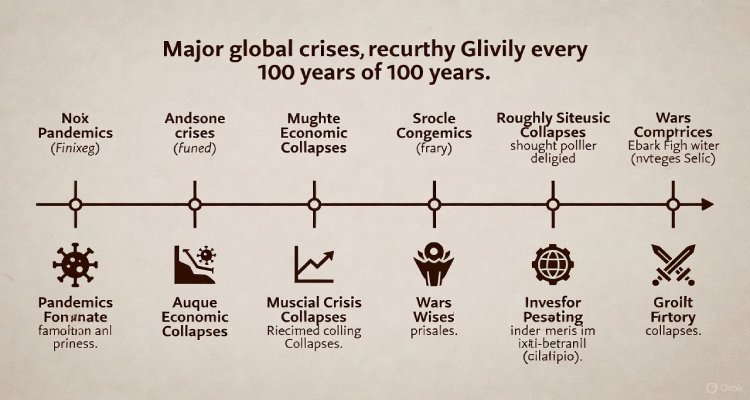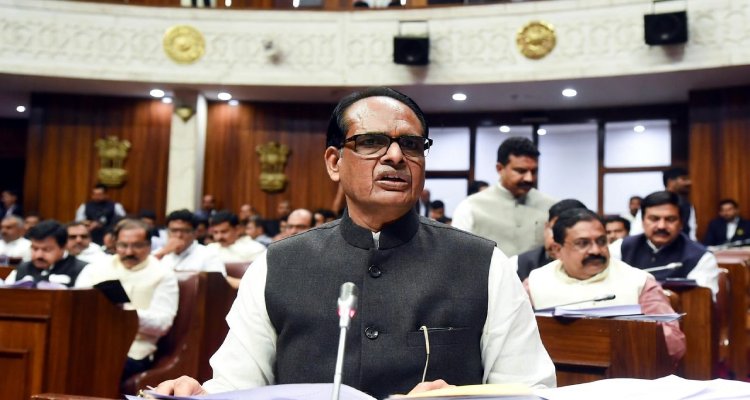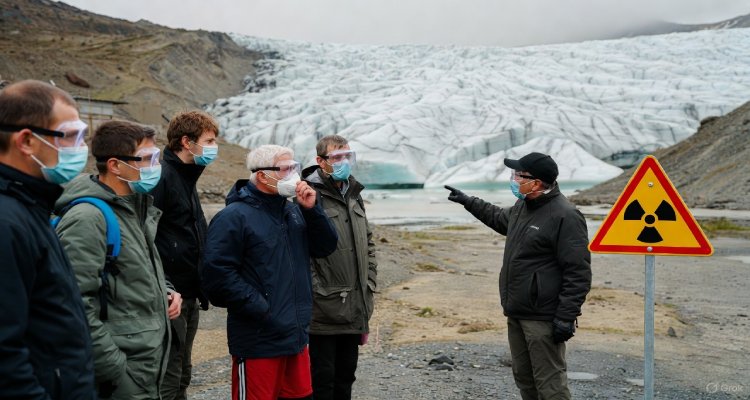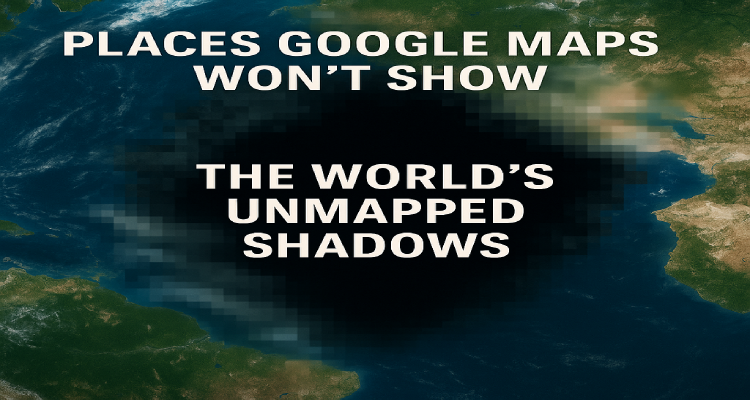Places Google Maps Won’t Show: The World’s Unmapped Shadows
Explore the mysterious locations missing from Google Maps—from military zones to sacred lands—and why these areas remain digitally invisible.
Introduction: The Blind Spots of a Global Map
In an age where satellites scan every inch of Earth and smartphones navigate us through back alleys, the idea that some places are still off the map may seem absurd. Yet they exist—regions so secretive, sensitive, or sacred that even Google Maps, the world’s most comprehensive digital cartographer, chooses silence. These unmapped shadows represent a fascinating intersection of geopolitics, privacy, and mystery.
Context: How Google Maps Became a Digital Eye on the World
Since its launch in 2005, Google Maps has grown into a behemoth platform powering navigation for over a billion users. It covers over 220 countries and territories, offering everything from street views of suburban driveways to panoramic tours of remote mountain trails. But despite its reach, the platform isn’t truly omnipresent. Governments, private entities, and even religious groups have successfully requested that certain areas be blurred, removed, or never mapped at all.
The reasons range from national security to cultural preservation. While most users are unaware, these hidden pockets often hold stories of conflict, control, and historical weight.
The Shadows: What Google Won’t Show You—and Why
1. Military Bases and Conflict Zones
Some of the most conspicuous absences on Google Maps are high-security military installations. For example, Area 51 in Nevada, long the subject of UFO speculation, appears as a blurred zone. Similarly, Volkel Air Base in the Netherlands and parts of Israel’s defense infrastructure are deliberately obscured.
In North Korea, the capital Pyongyang is mapped in broad strokes, but most of the countryside is a cartographic void. Satellite imagery shows vague outlines, but you’ll find little street-level detail—a result of the country’s isolated stance and tight control over external data access.
2. Sensitive Government Sites
In India, Google Maps does not show detailed images of certain nuclear facilities or border outposts due to national security protocols. Likewise, parts of China, including strategic ports and missile sites, are obscured or shown in low resolution.
3. Culturally or Spiritually Protected Areas
The Indigenous protected areas in Australia and certain Native American lands in the United States are intentionally underrepresented. The idea is to shield sacred landscapes from tourist intrusion and commercial exploitation.
4. Private Estates and Celebrity Properties
From Paul McCartney’s London home to Queen Elizabeth’s Sandringham estate, Google complies with privacy requests to blur private residences. In Germany, where digital privacy laws are particularly strong, over 240,000 households opted out of Street View entirely when it launched.
5. Crime-Linked Sites
Some places are hidden for darker reasons. For example, Haus Tambaran, a controversial Papua New Guinea site associated with criminal and ritual activity, has patchy visibility. Cartel-controlled regions in Mexico or opium cultivation zones in Afghanistan may also have limited detail due to safety or data integrity concerns.
Expert Insight: Why Some Places Stay Hidden
Dr. Sarah Emerson, a geospatial policy expert at the University of Oxford, notes, “These omissions aren’t accidents—they’re choices. They reflect power structures, legal frameworks, and the friction between openness and secrecy.”
Google’s official stance allows governments and private citizens to request imagery be blurred or removed, particularly under national laws or terms of service. “What you see on the map is as much about politics and negotiation as it is about technology,” Emerson adds.
Impact and Implications: Who’s Affected and Why It Matters
The lack of visibility can have real-world implications. Journalists and human rights watchdogs argue that restricted satellite imagery can hide atrocities or prevent accountability in conflict zones. For instance, observers were unable to verify early reports of ethnic cleansing in Myanmar’s Rakhine state due to outdated or limited satellite data.
Conversely, digital invisibility can serve as protection. Sacred tribal sites remain undisturbed. Sensitive military zones stay out of the public eye. Remote communities avoid the tourist flood that often follows viral travel photos.
Still, the absence of data can deepen global inequalities. If a place isn’t visible, it risks being forgotten—politically, economically, and socially.
Conclusion: What Lies Beyond the Map
Google Maps may be the lens through which much of the world sees itself, but it is not a complete picture. The unmapped shadows remind us that visibility is often a privilege—and sometimes, a danger. These digital absences invite us to question who controls the narrative of place, who benefits from obscurity, and who is left in the blank spaces of our global gaze.
In a hyper-documented world, the places that resist mapping reveal more than just geography. They reflect a deeper tension between transparency, security, and the right to remain unseen.
Disclaimer: This article is for informational purposes only. It does not suggest or promote the use of mapping tools for accessing restricted or legally sensitive areas.











